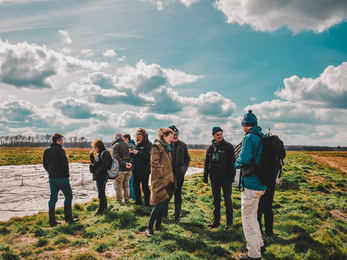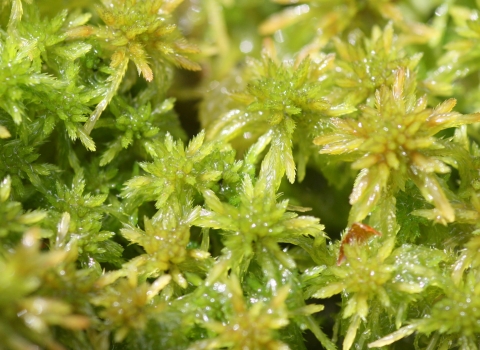On Friday 8th April 2022, as Team Doncaster Council, we set out on an exciting fieldtrip down to The Great Fen, in Cambridgeshire. All together on a mini bus, people talked over seats and across aisles. New connections being made, ideas being born, energies synethizing. All connected by our passions in ecology.
It had been over 2 years since I had done this; gone somewhere new with lots of people I didn’t know. I wasn’t sure exactly why I had been invited along, but I was glad to be there.
We arrived at The Great Fen and the learning began, all being led by our brilliant hosts. I had the biggest urge as the presentation started to make notes and decided I’d do what I do best. Document the journey and use drawing to break open my thinking and listening. As we began our physical tour of the vast and beautiful landscapes, I started to write questions in the margins of my notebook.















